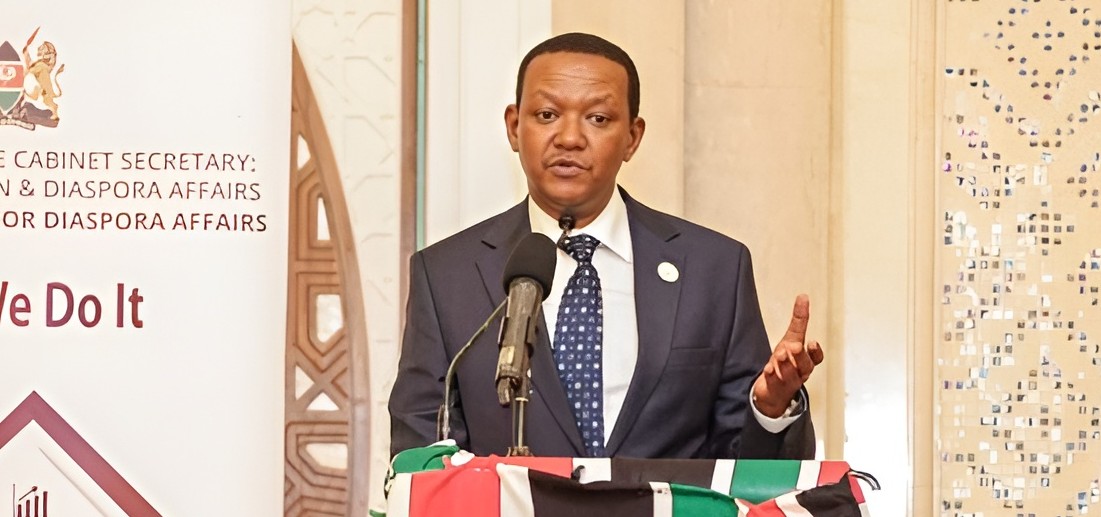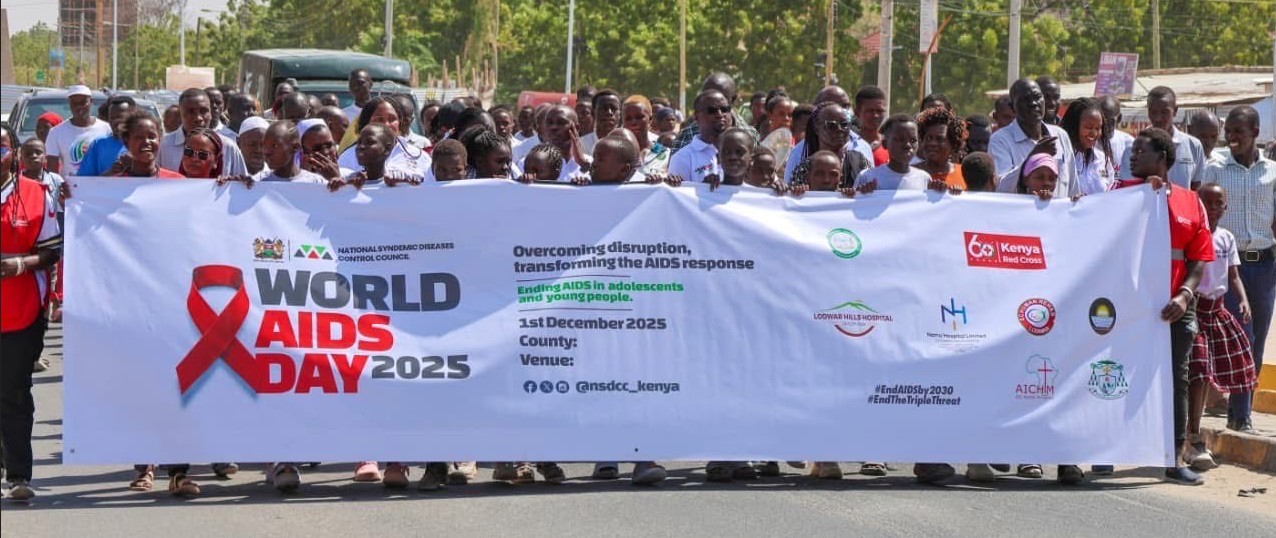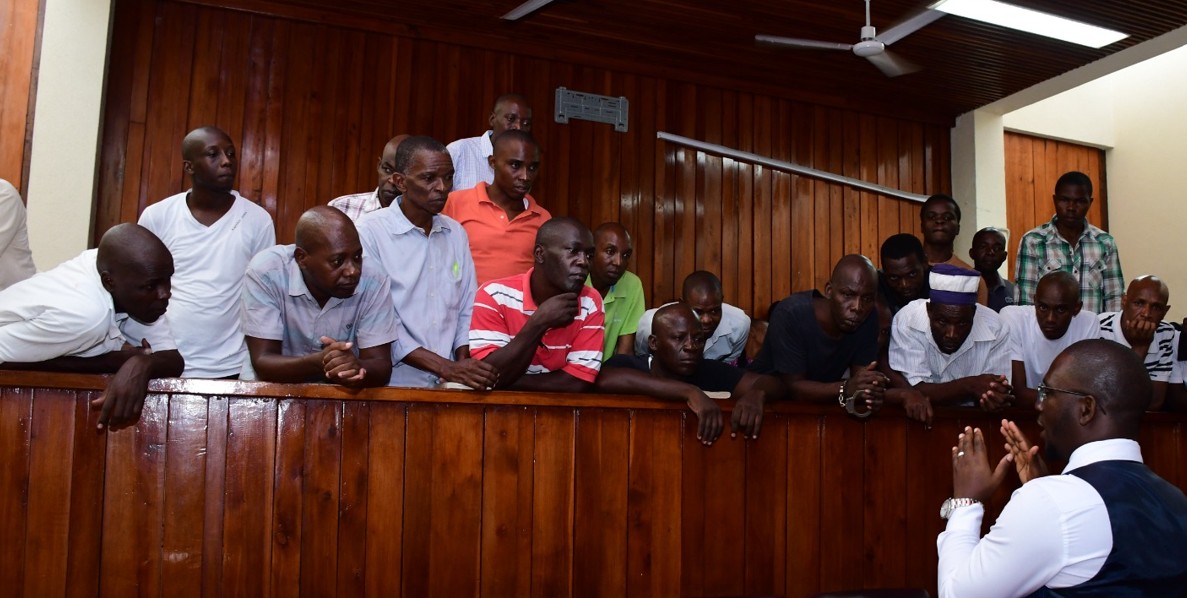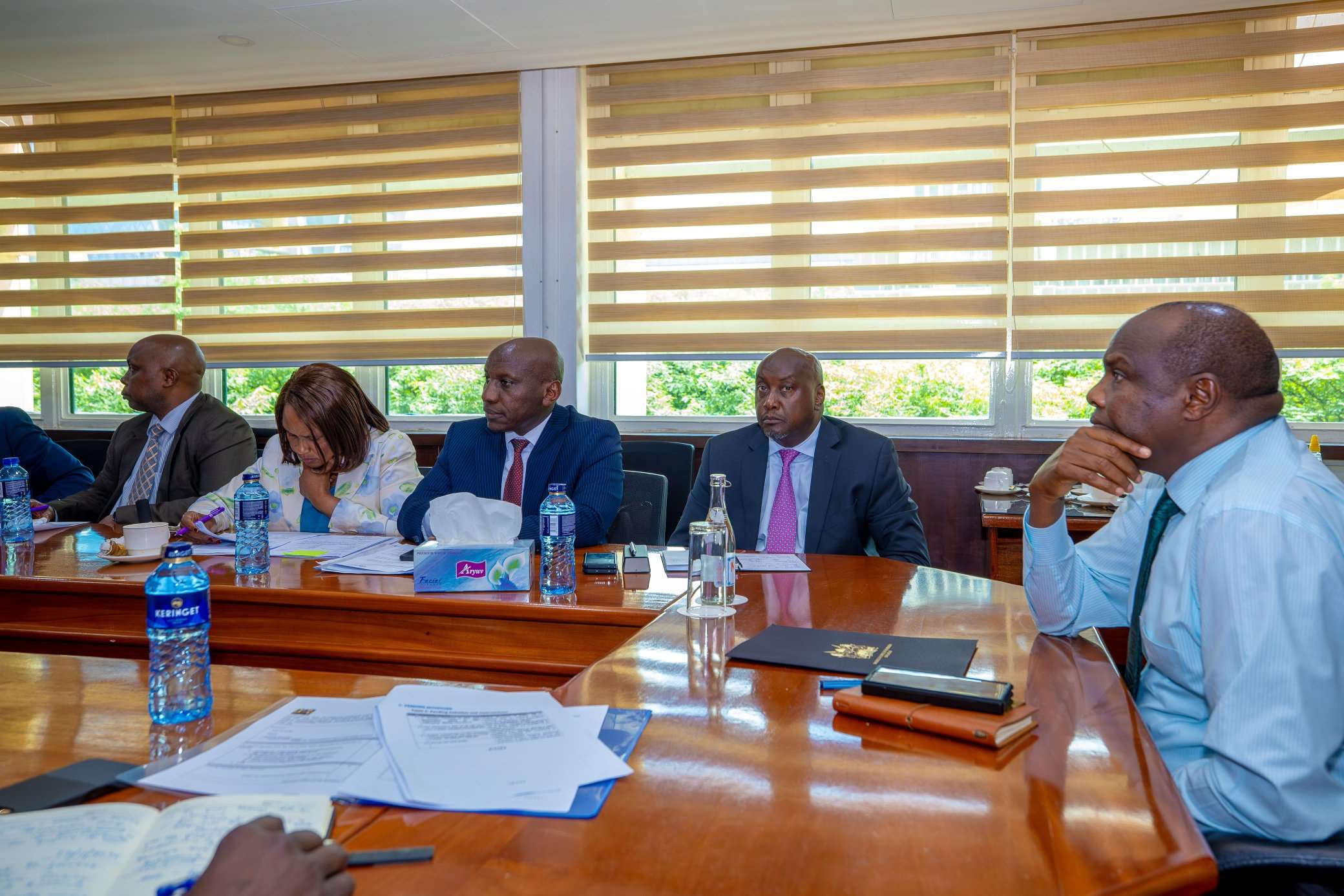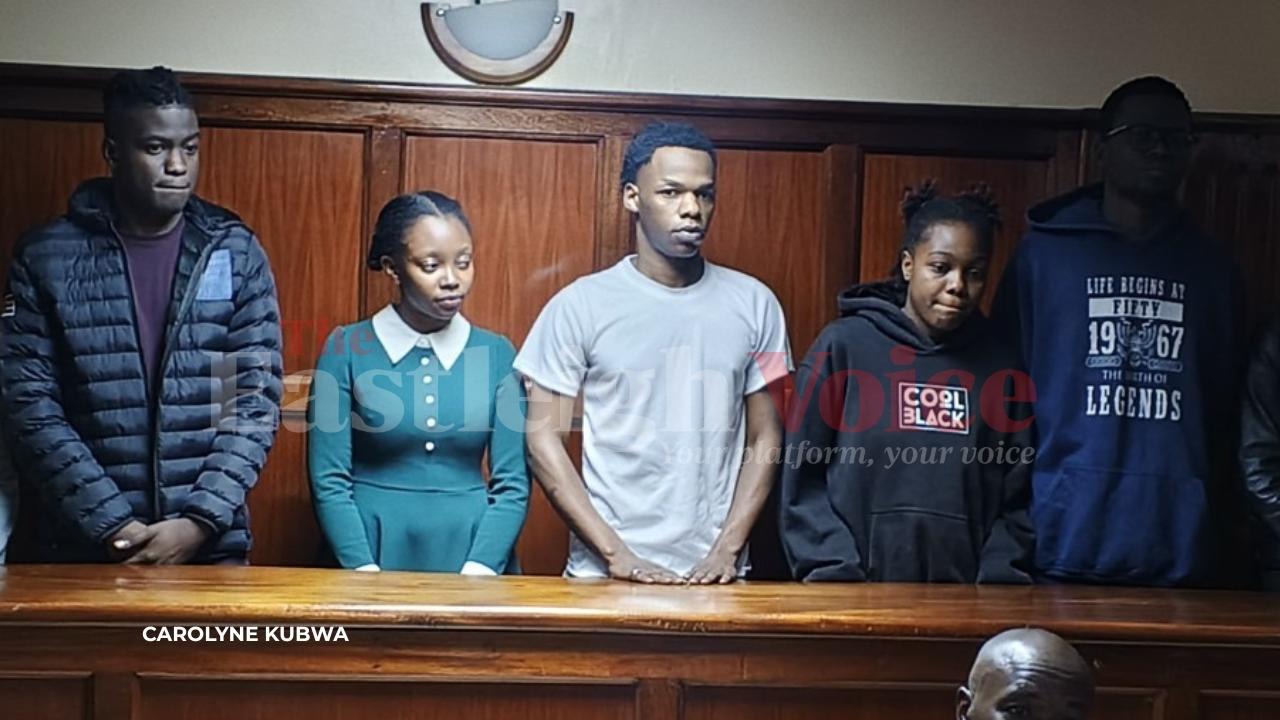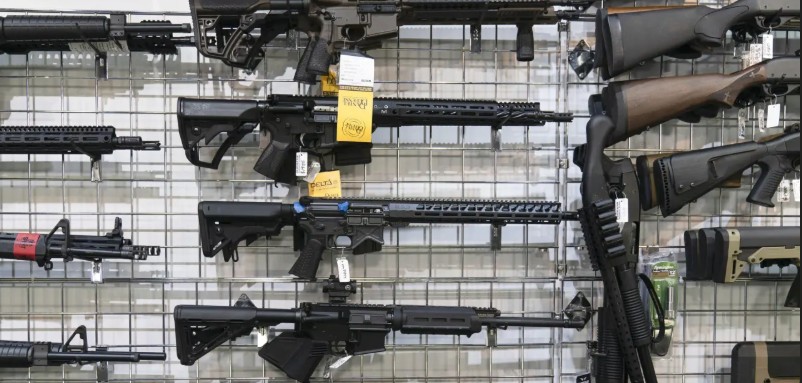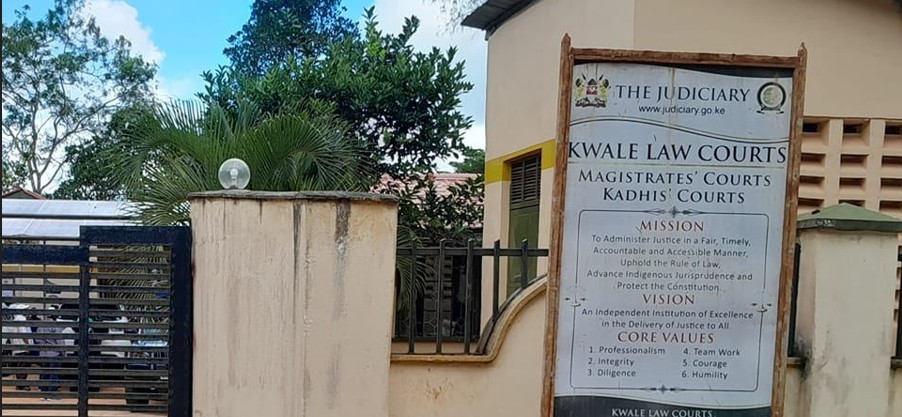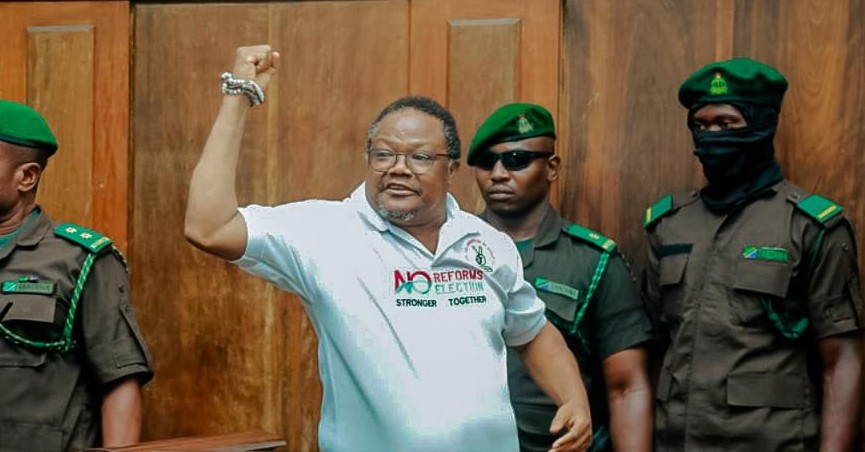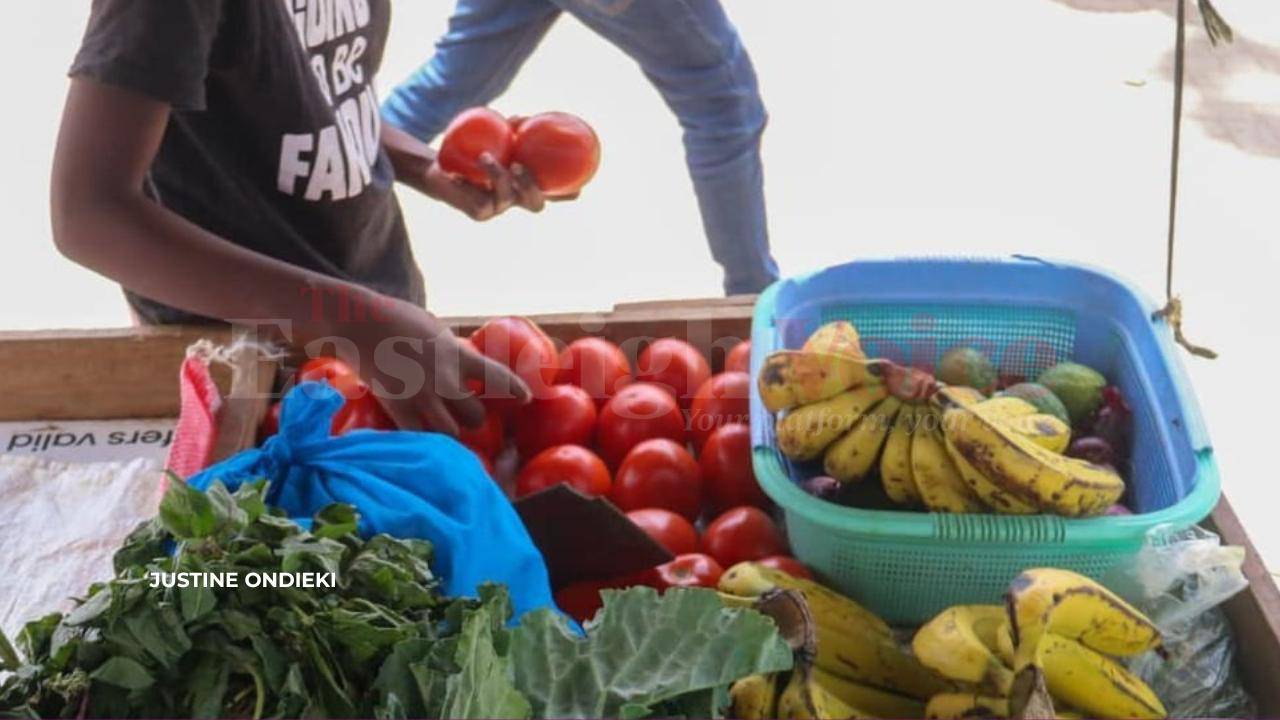The history of Nairobi’s Gikomba market and its perennial mysterious fires
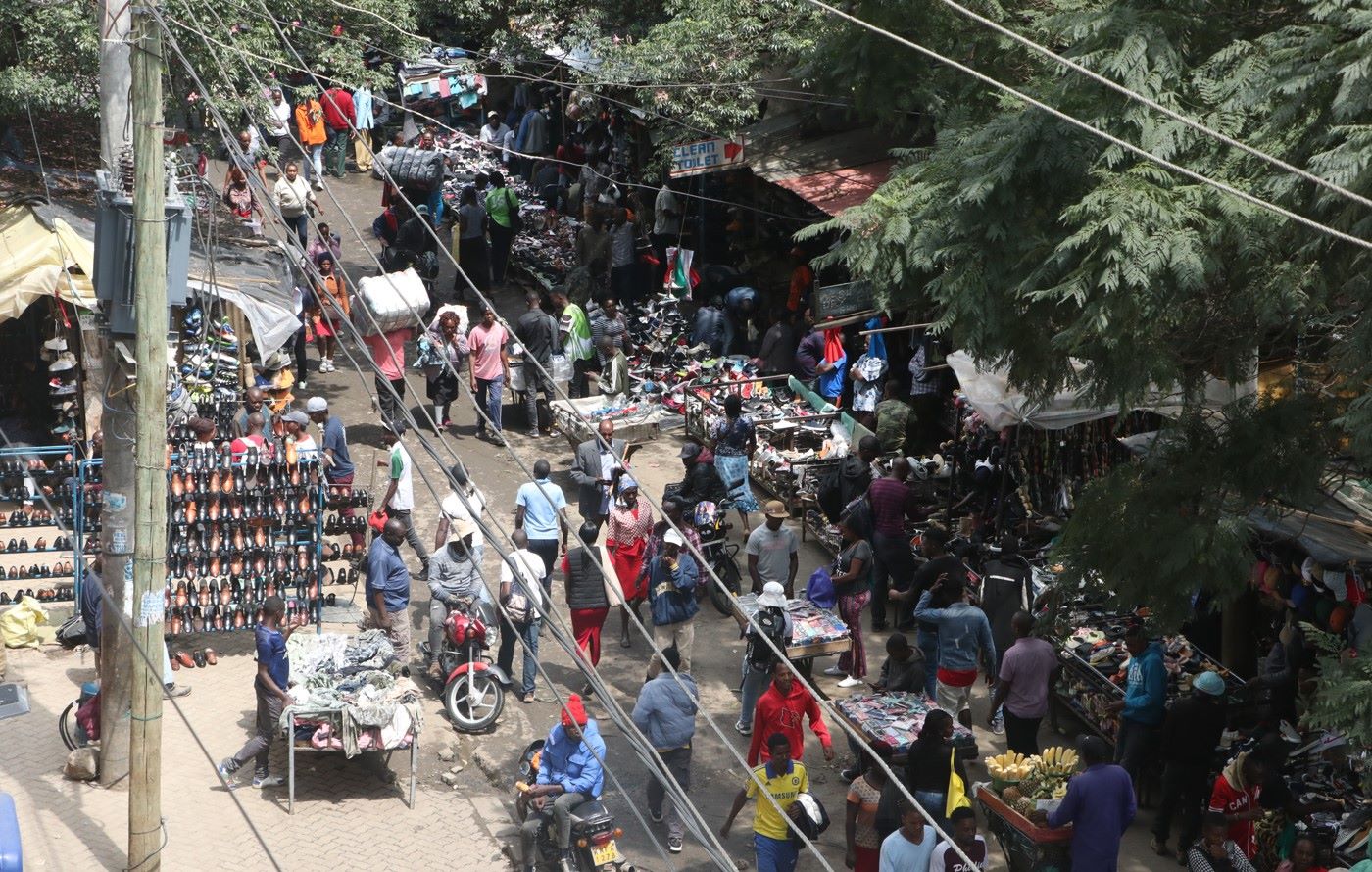
As the heartbeat of Nairobi's trading scene, Gikomba represents the city's resilience and resourcefulness.
Hundreds of traders from the Gikomba market in Nairobi are living in fear of when the place they consider to be their source of income will be demolished.
This is after a section of the market was said to be built on riparian land, with the government in May 2024 ordering the removal of structures next to the river, terming them as illegal.
More To Read
- 2,000 trees planted in schools on Mazingira Day in Kamukunji
- Kamukunji’s Kinyago Kanuku hosts groundbreaking breast and cervical cancer screening
- 14 thrifting warning signs you must never ignore
- Community devastated after fire claims child’s life, destroys homes in Kamukunji’s Kinyago Kanuku
- MP Yusuf Hassan donates food, blankets to victims of three Kamukunji fire incidents
- Safaricom’s Ndoto Zetu initiative elevates maternal health in Kamukunji's Eastleigh with bed donation
The Gikomba market has a history dating back many years ago, which many people probably don’t know about.
Located in Pumwani Ward in Nairobi’s Kamukunji sub-county, Gikomba market is a vibrant business hub where almost everything is sold — from clothes to shoes, vegetables, and household accessories among other items.
From above, the market resembles a patchwork of stalls, some sheltered by iron sheet roofs while others stand exposed to the elements of weather.
Dating back to the 1960s, this open-air market has earned a reputation as the go-to destination for an eclectic array of second-hand clothes, popularly known as "mitumba" in Kiswahili.
Its origins can be traced back to a time when railway workers from Muthurwa in Nairobi flocked to the area in search of household essentials and the coveted second-hand garments brought in by Asian traders.
Witnessing the market's rapid growth, the government intervened by providing iron sheet shelters for traders in 1952 and erected a barbed wire fence to manage the bustling activities.
According to research by Ngugi Joan of the University of Nairobi in June 2014, Gikomba's journey through the colonial period was shaped by various economic forces.
The convergence of transport routes from upcountry and a growing population with limited purchasing power in adjacent neighbourhoods fuelled the market's expansion. Restrictions imposed by authorities pushed many traders toward informal trading.
The demolition of the original Gikomba market in 1977 gave way to light industries in the Chiriku area.
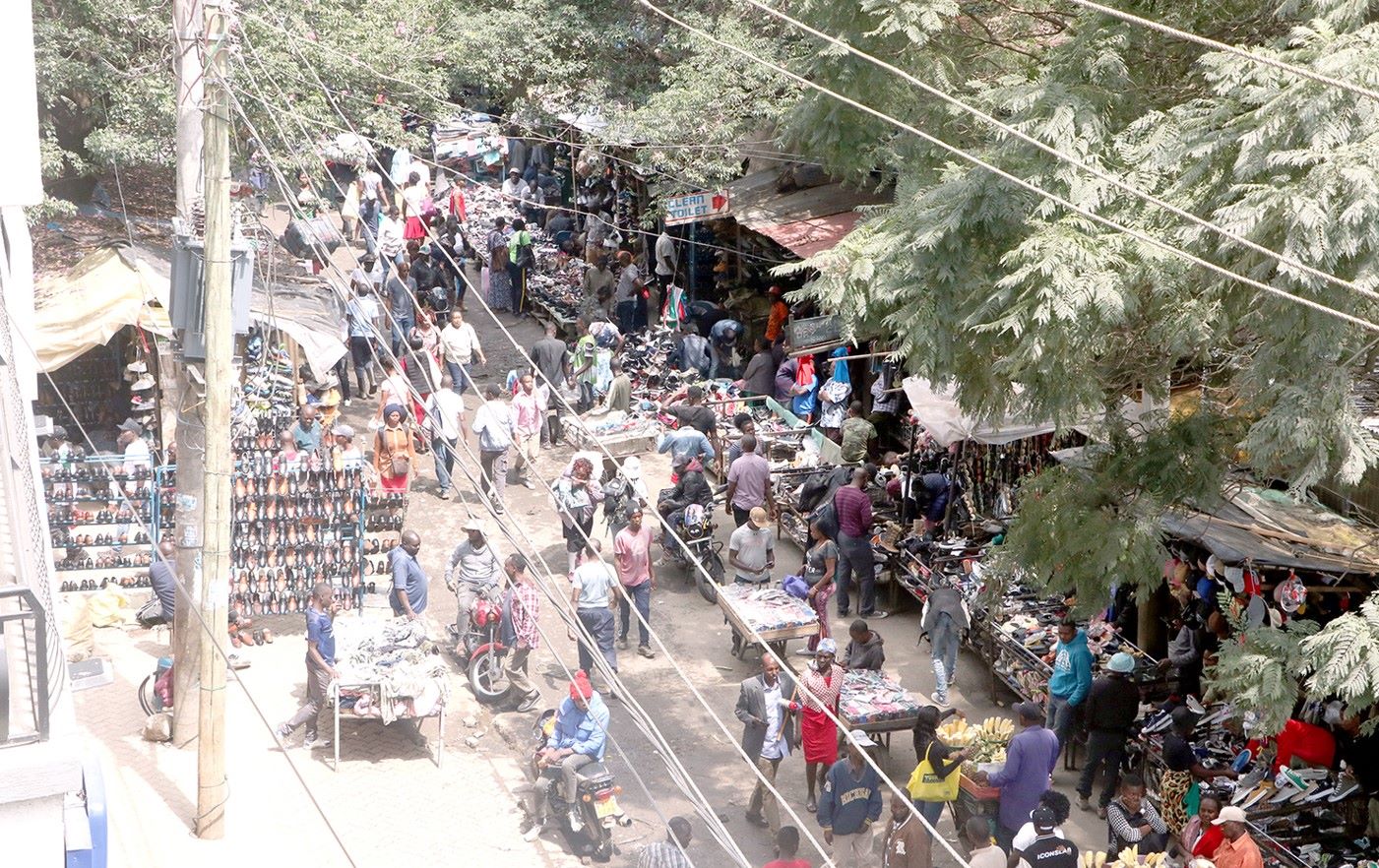 A section of the vibrant Gikomba market which is situated near the famous Machakos Bus Station. (Photo: Justine Ondieki, EV)
A section of the vibrant Gikomba market which is situated near the famous Machakos Bus Station. (Photo: Justine Ondieki, EV)
However, as the cost of living soared, residents set up makeshift kiosks and stalls to cater to the needs of the local community. These informal ventures found fertile ground on undeveloped plots, including the riparian reserve of the Nairobi River and adjacent government land.
Today, the Gikomba market stands as the region's largest hub for second-hand clothing. Beyond fashion, it offers a variety of goods, from fresh produce to kitchenware, all at bargain prices.
As the heartbeat of Nairobi's trading scene, Gikomba represents the city's resilience and resourcefulness.
“I came here in 2018 and I sell baby clothes. This has been my source of wealth and this is how I manage to sustain my family and keep my children in school,” said James Muriuki, trader.
Another trader, known by his peers as “Rasta”, is a second-hand shoe seller who lives in Kayole but works in the Gikomba market.
“Gikomba is what I refer to as my office. From this business, I manage to pay my rent and send some money back home for my aging parents,” he said.
Despite its challenges, it remains an integral part of the urban landscape, drawing visitors from near and far with its vibrant energy and unique offerings.
According to the Nairobi City County government, almost 100,000 people are engaged in various activities within Gikomba, Kenya's primary "mitumba" market. Some individuals share stalls, while others work on rotational schedules, contributing to the market's vibrant atmosphere.
Due to the informal nature of much of the trading at Gikomba and similar markets, it is challenging to pinpoint precise employment figures.
Recognising the potential within Gikomba, banks have since 2007 established branches near the market. This not only facilitates financial transactions for traders but also underscores the market's importance as a commercial hub.
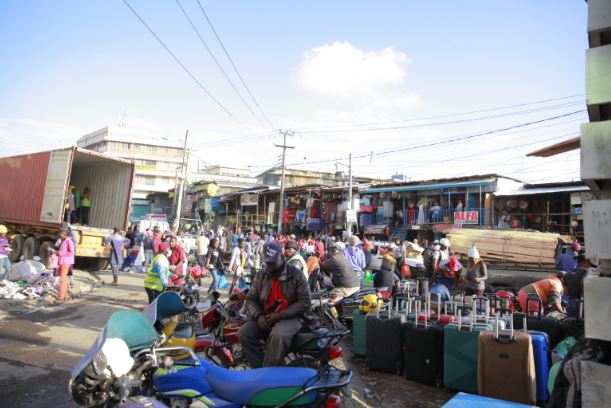 Traders, buyers and transporters at Gikomba Market. (Photo: Amin Abdullahi)
Traders, buyers and transporters at Gikomba Market. (Photo: Amin Abdullahi)
But one thing that has characterised Gikomba is the mysterious fires that erupt, often at night, destroying goods worth millions of shillings.
Those mostly affected by the fires are the mitumba sellers whose property, once razed, cannot be recovered.
Edwin Kariuki, who sells shoes at the market, told The Eastleigh Voice that there is always something common with the fires experienced at the market.
He said since 2019, all fires usually occur at a specific time when the traders have fully stocked their shops and are preparing to.
“The fires always happen when the ‘bales’ are stocked. You will find with the bundles of clothes had just arrived in the market and have been stored or they are ready to leave the market to be sent to other places,” he said.
Another coincidence is that the fires never break out during the day, all either happen late at night or dawn.
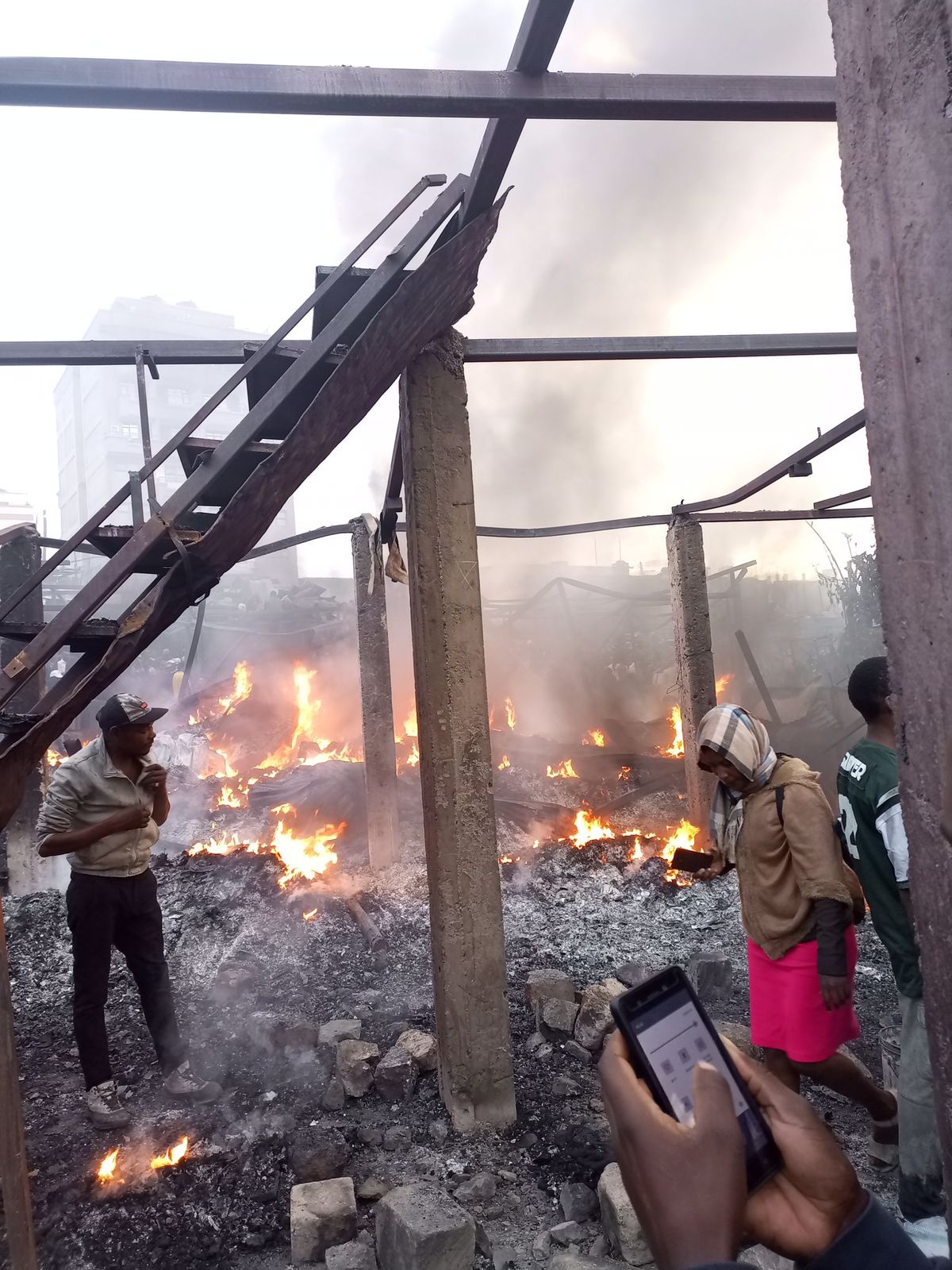 The aftermath of the early morning fire that razed a section of Gikomba market on 1 December 2023. (Photo: Handout)
The aftermath of the early morning fire that razed a section of Gikomba market on 1 December 2023. (Photo: Handout)
Some of the recent fires happened on December 1, 2023, November 24, 2022, and October 15, 2022.
On November 28, 2021, as Nairobi was experiencing heavy rainfall, traders were once again crying in pain as properties of unknown value were destroyed in another mysterious fire. This was the second time that month and the fifth in 2021 that the traders were counting millions of shillings in losses after fire razed their commodities.
In February 2021, a mysterious fire visited the open-air market, and another one happened in August of the same year.
At that time, the government gave orders for the installation of security cameras, giving the contractor seven days to complete the work.
This was after former Interior PS Karanja Kibicho, former Nairobi Metropolitan Services (NMS) Director-General Mohammed Badi and Kamukunji MP Yusuf Hassan visited the area.
Two months later, on October 19, 2021, another fire razed several stalls at the market and a similar incident occurred on November 8, 2021.
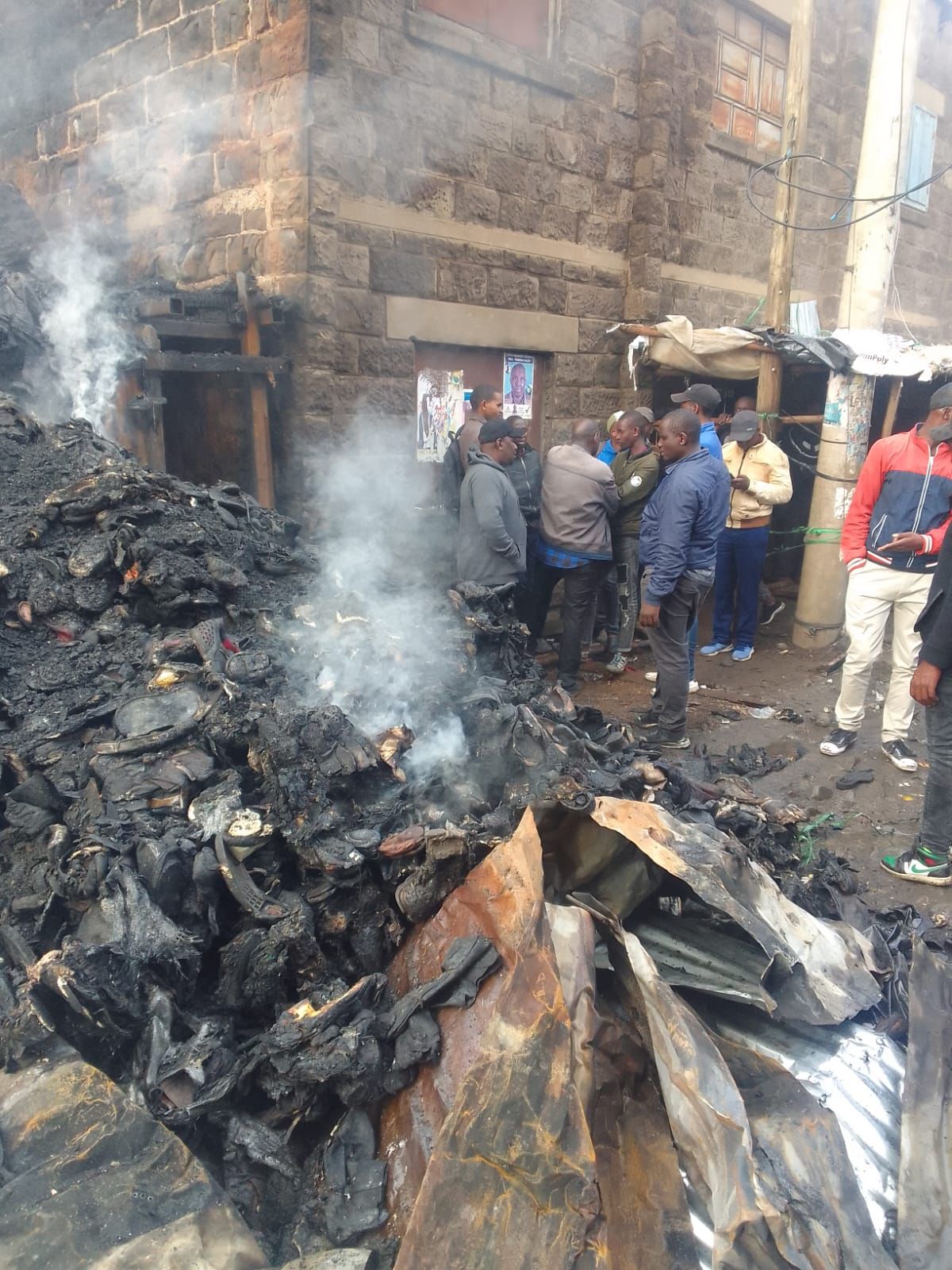 The aftermath of the early morning fire that razed a section of Gikomba market on 1 December 2023. (Photo: Handout)
The aftermath of the early morning fire that razed a section of Gikomba market on 1 December 2023. (Photo: Handout)
It was after that fire incident that the court later gave the defunct NMS the green light to expand the Pumwani Majengo Health Centre.
However, to pave the way for the expansion, some second-hand clothes traders would have to be evicted. This meant they would lose trading places that they had occupied for more than 40 years.
But the health centre is yet to be completed. It’s among the stalled projects in Nairobi worth Sh1.36 billion.
On April 10, 2019, more than 2,000 structures were razed as a section of the market was gutted by fire.
In 2018, the market experienced three fires, which led to former President Uhuru Kenyatta calling for investigations.
In June of the same year, 15 people died and at least 60 were injured when a section of the market dealing in timber and clothes burnt down. There was another fire in October of the same year.
As a result, Senators tasked the former Director of Criminal Investigations George Kinoti to investigate the fire that residents claimed started from four different places within an expansive timber yard, in what was said to be “an outright case of arson”.
However, no report was ever tabled at the Senate on the fire, which left 15 people dead and 70 others injured.
In 2017, the Gikomba market caught fire twice — on October 6 and September 10.
In 2015, fires broke out twice in the market in May and June. There were similar incidents in March 2012 and May and October 2014.
The true cause of the fires has never been established, with a wide range of theories popping up as to the possible triggers depending on whom you ask.
From suspected arson attacks by powerful and well-connected individuals intent on grabbing the land to traders settling business scores, electric faults, or the eviction of tenants occupying county houses, there is an endless supply of suspects which only keeps growing.
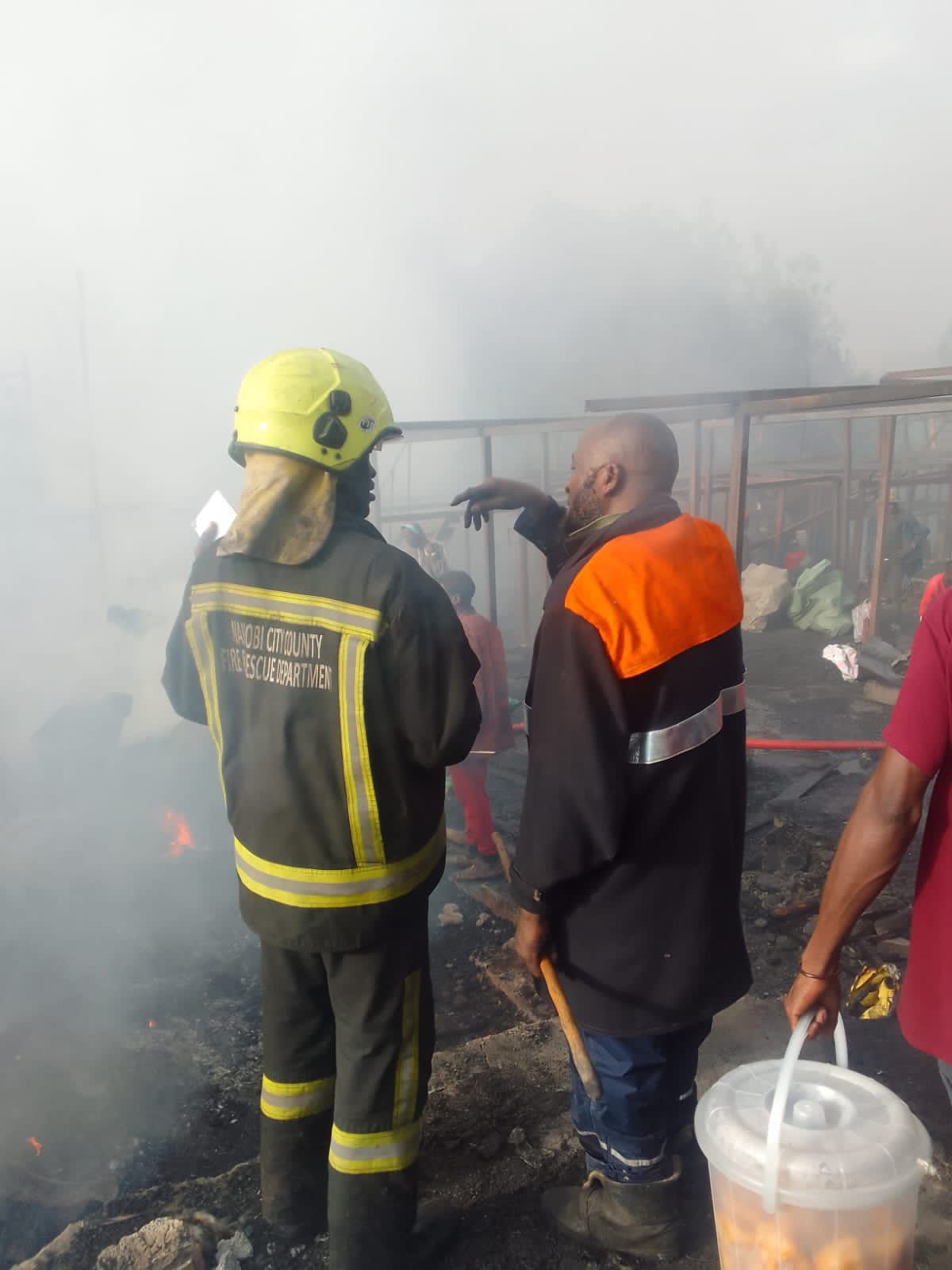 The aftermath of the early morning fire that razed a section of Gikomba market on 1 December 2023. (Photo: Handout)
The aftermath of the early morning fire that razed a section of Gikomba market on 1 December 2023. (Photo: Handout)
It had been said that loan defaulters at times set shops on fire and tell banks they lost the property.
Traders have also been suspected of burning their stalls to evict tenants to get new ones on higher rent.
“Some of these traders burn the place in order to be compensated by insurance after they cannot restock. If this is true, then the same is quite alarming since the insurance claims are ever increasing and so are the premiums," said then Nairobi Senator Johnson Sakaja in 2021. He is now the Nairobi governor.
In August 2021, over 900 traders at Gikomba sued the Nairobi county government, demanding Sh20 billion in compensation due to constant fires at the market. The traders listed 15 fire incidents since 2015.
Kamukunji MP Yusuf Hassan has been leading campaigns to address the perennial fires.
On October 15, 2022, he urged President William Ruto and Governor Sakaja to declare the Gikomba market a disaster area. This was after another unexplained fire destroyed sections of the popular market
The MP also called on both the national and county governments to come up with a permanent solution to the fires.
"I'm appealing to President William Ruto and Governor Sakaja to declare Gikomba a disaster area. They should set up a special fire fund, and provide urgent assistance to the victims of the fire.
They need help to rebuild and restock and get back on their feet again," Yussuf said.
The Nairobi county government and the national government resolved to build a modern market as a way of ending the fire's menace.
In 2021, a Sh460 million six-floor new ultra-modern market was built and opened to traders.
It comprises 41 stalls for fish traders, 96 stalls for the original tenants, 88 stalls to be shared by two traders each, and 74 M-Pesa stalls, five salon stalls, five hotels, and 107 spaces for informal traders.
However, this has not stopped the market fires.
In his campaign manifesto, Governor Sakaja pledged to set up a fire station at Gikomba market to help deal with recurrent fires. Ground-breaking was done and an excavator machine is already on site.
City Hall also pledged to issue a title deed for the Gikomba market and fence it as part of its strategy to prevent constant fires and protect businesses. The title deed is currently in the hands of an individual.
Also, construction of the second eight-storey modern market is underway.
Lands, Housing, and Urban Development Cabinet Secretary Alice Wahome conducted a site visit in November 2023 to assess the progress of the modern market.
The facility aims to accommodate numerous informal traders currently operating in the open market.
Top Stories Today
